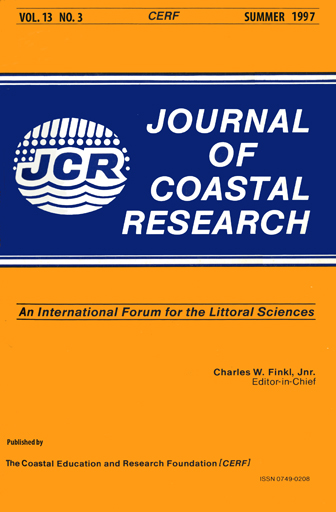Human Agency, Holocene Sea Level, and Floodplain Accretion in Coastal Plain Rivers
Keywords:
Floodplain sediments, accelerated erosion, estuary, historic alluvium, Atlantic Coastal Plain, fluvial -estuarine transition zoneAbstract
The lower reaches of many rivers are subject to two distinct phenomena driving aggradation: Holocene sea level rise and culturally-accelerated erosion and sedimentation. It is critical to both geoscientists and resource managers to distinguish between the effects of these phenomena, but in many situations it is difficult to distinguish between historic alluvium associated with accelerated erosion, and other Holocene fill. In the Croatan area of eastern North Carolina, there are at least five field indicators which may allow one to distinguish historic from other Holocene floodplain sediments: Development of soil B-horizons, pedological and mineralogical indicators of a Piedmont sediment source, oxidized layers, dendrogeomorphic indicators, and burial of historic features. Examination of eight stream reaches showed evidence that the surficial alluvium (~1 m or more) is historic in seven cases. Burial of historic features in the Croatan suggests mean floodplain accretion rates of 3 to 9 mm yr-1 and mass additions of 45 to 92 t ha-1 yr-1 . Prehistoric mineral sedimentation rates: estimated from sediment budget considerations based on contemporary erosion and sediment transport in forested basins, were about 0.05 mm yr-1 (0.65 t ha-1 yr-1). Maximum organic accumulation rates are no more than 0.3 mm yr-1 (1.05 t ha-1 yr-1). Thus, in the Croatan human agency has accelerated alluvial sedimentation rates by at least a hundredfold. The human-accclerated aggradation is largely confined to the lower fluvial reaches of Croatan streams. In the fluvial-estuarine transition zone, organic-dominated infilling has been little affected on a large scale by human agency. So much upland sediment is stored in alluvial flood plains that the geomorphic impacts of accelerated erosion on estuaries has been minimal.


